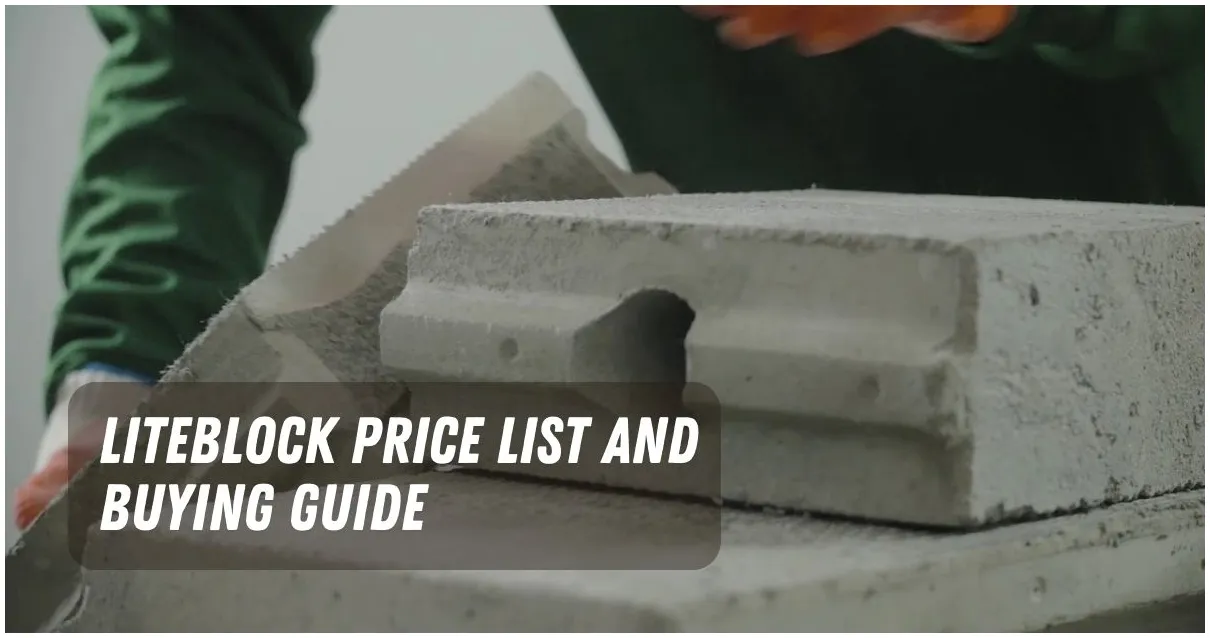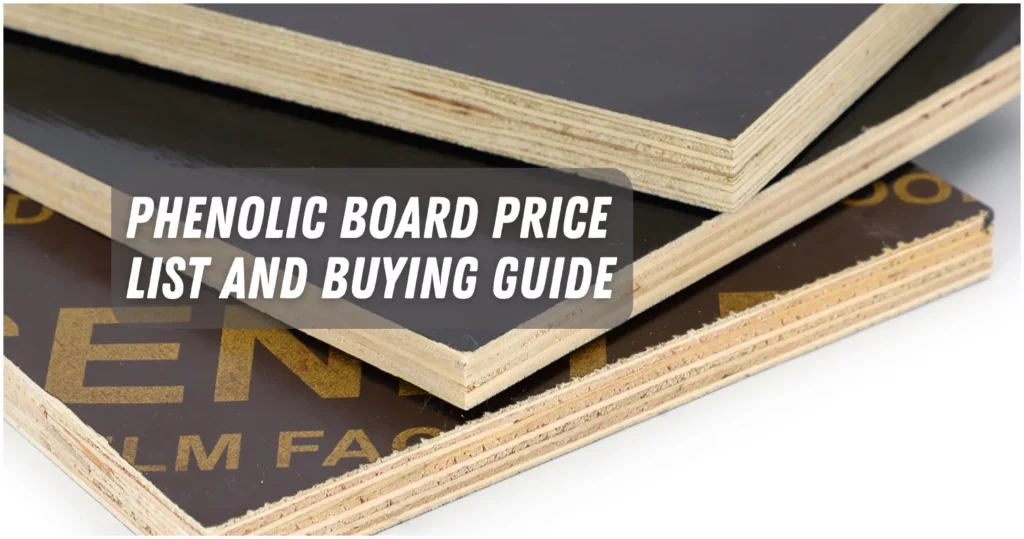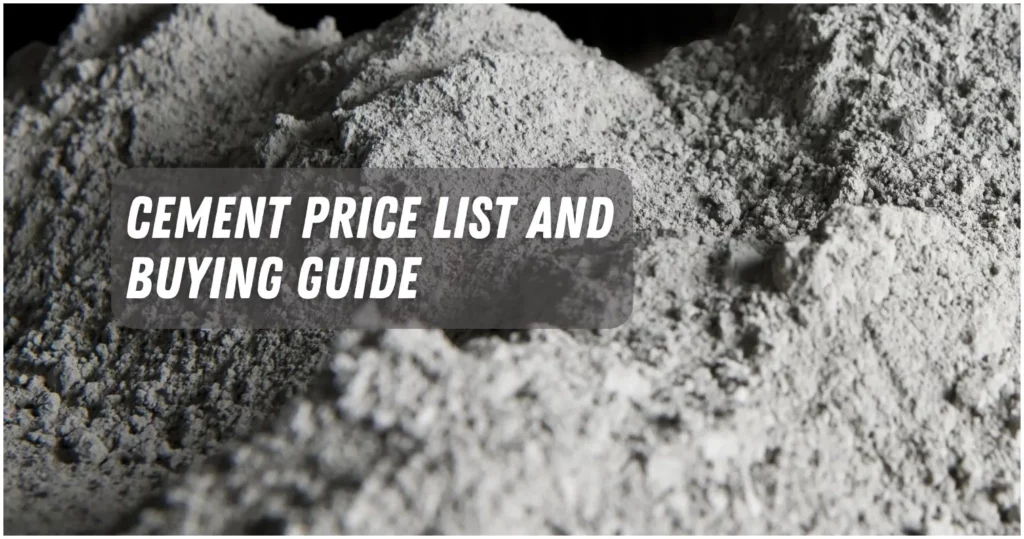Consider Liteblock if you’re looking for a long-lasting, low-maintenance, and environmentally friendly substitute for concrete hollow blocks (CHB) price.
Liteblock is a walling material that is already made. It is made of sand, cement, and tiny air bubbles, and it is held together with tension fibers.
This piece will explain what Liteblock is, how to install it, what it can be used for, what its specs are, and the price of Liteblock in the Philippines that usually ranged from ₱91 to ₱136 per piece.
What is Liteblock?
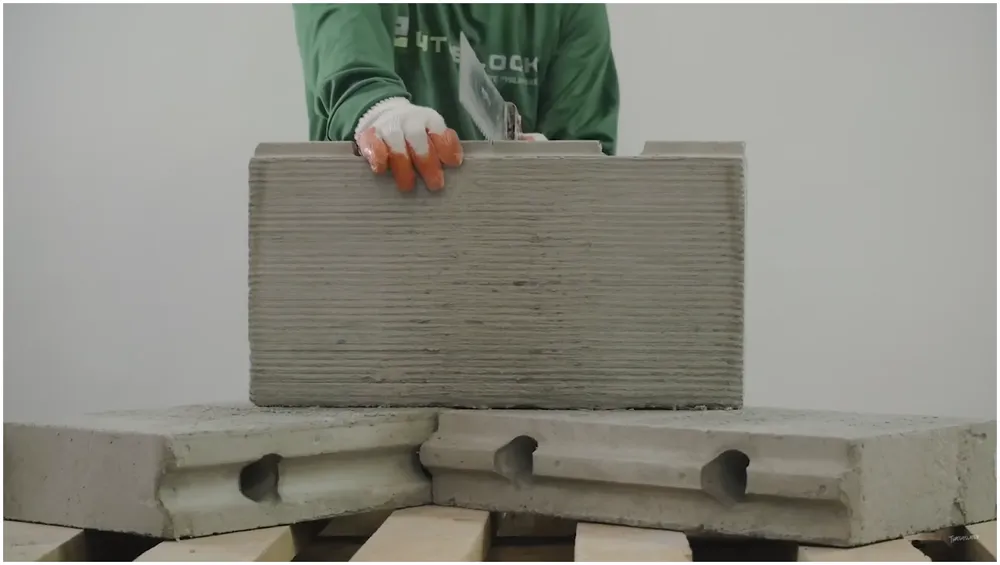
Liteblock is a new way of building that was made by Litecrete Philippines. It is an easy way to build walls and dividers that is also light and quick.
Liteblock is 50% lighter than traditional CHB (Concrete Hollow Blocks) and has better strength, insulation, soundproofing, fire resistance, and water absorption qualities.
Its unique shape makes it easier and faster to put together and can be a strong alternative to standard hollow blocks.
It is made of a mix of sand, cement mortar, tiny air bubbles, and tension fibers and has a square shape with holes that are small enough for rebars.
Liteblock Installation at a Glance
Liteblock is similar to CHB in how it is installed, but there are a few changes. Here are the general steps for setting up Liteblock:
- Prepare the foundation and the rebars according to the structural design.
- Apply a thin layer of Litebond adhesive on the foundation where the first row of Liteblocks will be placed.
- Insert the Liteblocks through the rebars and align them properly. Make sure to leave a 10 mm gap between each block for the mortar.
- Apply another layer of Litebond adhesive on top of the first row of Liteblocks and repeat the process until you reach the desired height of the wall.
- Apply plaster on both sides of the wall using a trowel or a spray machine. You can use regular plaster or Liteplast, which is specially formulated for Liteblock walls.
- Paint the wall as desired.
Liteblock Specification
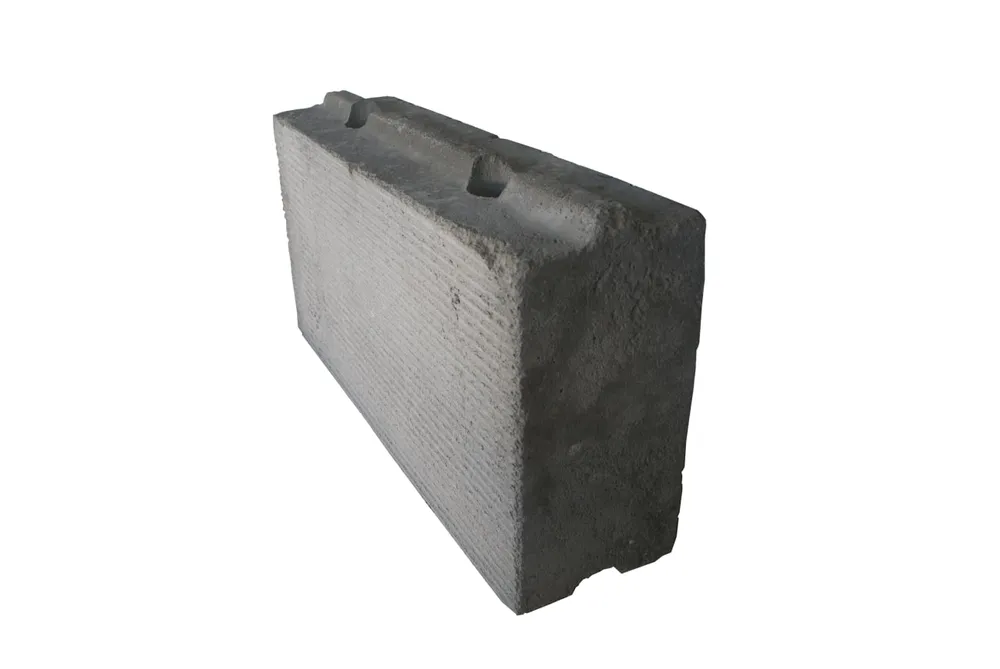
The normal sizes for Liteblock are 4 inches (9.3 cm) and 6 inches (13 cm).
For the 4-inch size, each block is 600 mm long, 200 mm wide, and 93 mm high.
For the 6-inch size, each block is 600 mm long, 200 mm wide, and 130 mm high.
Each block is 5 kg for a size of 4 inches and 7 kg for a size of 6 inches.
The following is a list of Liteblock’s technical details:
- Compressive strength: 500 psi (3.45 MPa) minimum
- Density: 800 kg/m3 (50 lb/ft3) average
- Thermal conductivity: 0.11 W/mK
- Sound transmission class (STC): 52
- Fire rating: 5 hours minimum
- Water absorption: 8% maximum
Uses of Liteblock
Liteblock can be used for both the outside and the inside walls of homes and businesses for many things, including:
- Partition walls
- Boundary walls
- Load-bearing walls
- Firewalls
- Sound barriers
- Thermal insulation
- Wet areas
Liteblock Price List
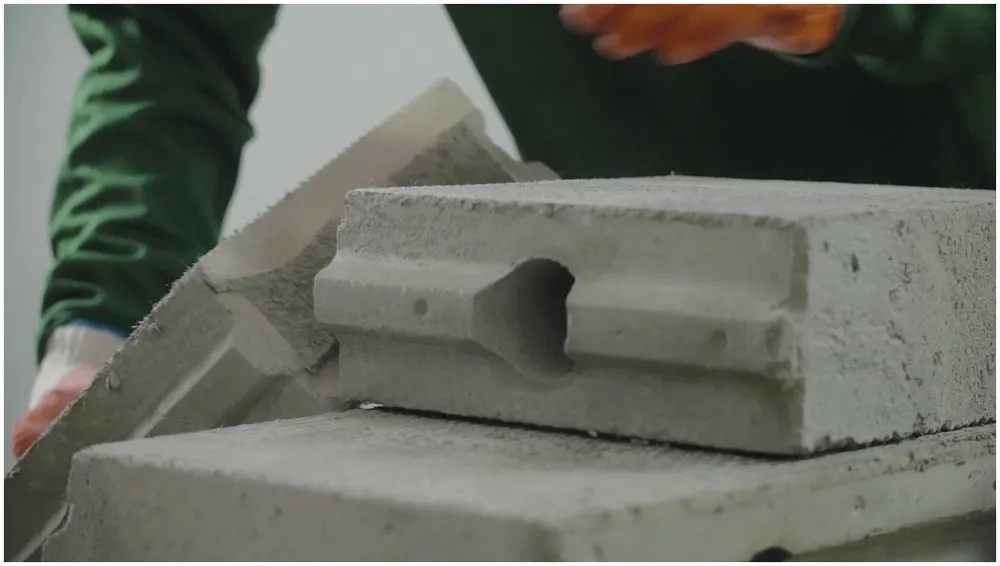
The price of Liteblock varies on how big, how many, and where your project is. But according to Litecrete Philippines’ official website, the usual price of Liteblock is:
| Liteblock Size | Price |
|---|---|
| Liteblock 4-inch | ₱91 per piece |
| ₱728 per square meter | |
| Liteblock 6-inch | ₱136 per piece |
| ₱1,088 per square meter |
These prices do not include the cost of Litebond adhesive, Liteplast plaster, rebars, labor, or any other materials that may be needed for your job.
You can get a free quote and advice from Litecrete Philippines.
Liteblock Advantage and Disadvantage
Liteblock is better than standard CHB in many ways, such as:
- Lightweight: Liteblock is easier to move and handle, which saves money and time.
- Strong: Liteblock has a higher compression strength than CHB, which makes it less likely to crack or break.
- Insulated: Liteblock doesn’t let as much heat through as CHB, so your house stays cooler in the summer and warmer in the winter.
- Soundproof: Liteblock has a higher STC than CHB, so it blocks unwanted noise from outside or inside your home.
- Fireproof: Liteblock has a longer fire rating than CHB, so it keeps your home safe from fire risks.
- Waterproof: Liteblock absorbs less water than CHB, so it doesn’t get moldy or fall apart.
- Eco-friendly: Liteblock uses less cement and sand than CHB. This saves natural resources and lowers a building’s carbon footprint.
However, Liteblock also has some disadvantages that you should consider before using it, such as:
- Cost: Each Liteblock costs more than a CHB, but in the long run, it may be cheaper because it needs less upkeep and uses less energy.
- Availability: Liteblock isn’t easy to find in the Philippines, so you might have to order it from the company that makes it or a wholesaler.
- Compatibility: Some current structures or designs might not work with Liteblock, so you might have to change them to make them work with Liteblock.
Things You Should Know about Liteblock
Before you decide to use Liteblock for your project, here are some things you should know about it:
- Is Liteblock Better than Hollow Block?
Yes, Liteblock is better in terms of strength, insulation, soundproofing, protection to fire, and water absorption. But hollow block might be cheaper and easier to get. - Is Liteblock cheaper than hollow block?
Liteblock costs more per unit, but it might be cheaper in the long run because it needs less upkeep and uses less energy. It also needs less mortar and plaster, which saves money on building supplies. - Is Liteblock earthquake proof?
Liteblock is not earthquake-proof, but it is stronger and lighter than hollow block, so it is less likely to break in an earthquake. It meets the needs of the Philippine construction code for steel. - What is the compressive strength of Liteblock?
Liteblock has a minimum compressive strength of 500 psi (3.45 MPa), which is better than the standard for hollow block, which is 350 psi (2.41 MPa). - Why is Liteblock eco friendly?
Liteblock is good for the environment because it uses less cement and sand. This saves natural resources and cuts down on carbon emissions. It also doesn’t grow mold, bacteria, or algae, which makes the air inside your home healthier.
Liteblock is a prefabricated walling material that offers many benefits over traditional CHB. It is lightweight, strong, insulated, soundproof, fireproof, waterproof, and eco-friendly.
However, it is also more expensive and less available than CHB.
If you are interested in using Liteblock for your project, you can contact Litecrete Philippines for more information and assistance.
[ratings]